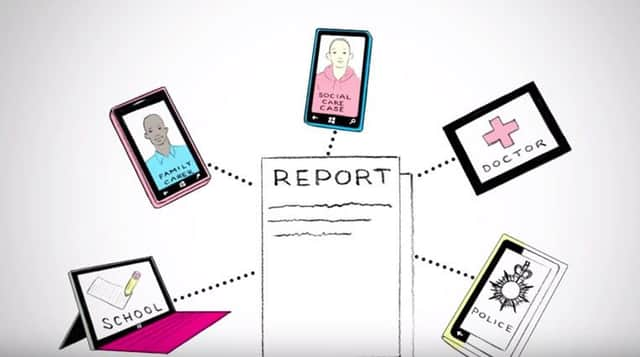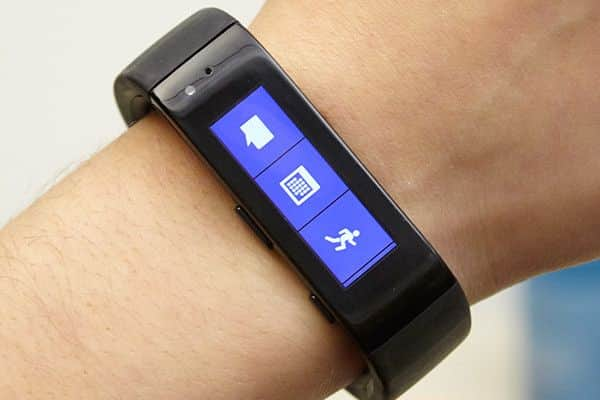How big data is being used to improve our health


This article contains affiliate links. We may earn a small commission on items purchased through this article, but that does not affect our editorial judgement.
Their pioneering work and legacies live on in improved nursing, standards of cleanliness in our hospitals, and computational and analytical techniques in data and population health. The passion, commitment and breakthroughs these two women made in the fields of computing and analytics more than 150 years ago are part of the process that led towards “big data” today.
Nightingale was a champion of using healthcare statistics to highlight problems and potential solutions, but she was also the recognised pioneer in creating tools for visualising this information in order to help others understand it. She created a variant of the pie chart - known as a polar area diagram - to eloquently identify and strikingly illustrate to civil servants the problems in medical treatment of soldiers during the Crimean War.
Advertisement
Hide AdAdvertisement
Hide AdThe process of collating large amounts of statistical information - or data - and packaging it into a chart - or visualisation - which may reveal wider patterns or insights which could in turn save lives, reduce waiting times, or simply save money has been around in healthcare since Nightingale’s innovations. Combined with today’s computing and networking power, “big data” is promising a revolution in our nation’s health, care and wellbeing service.

